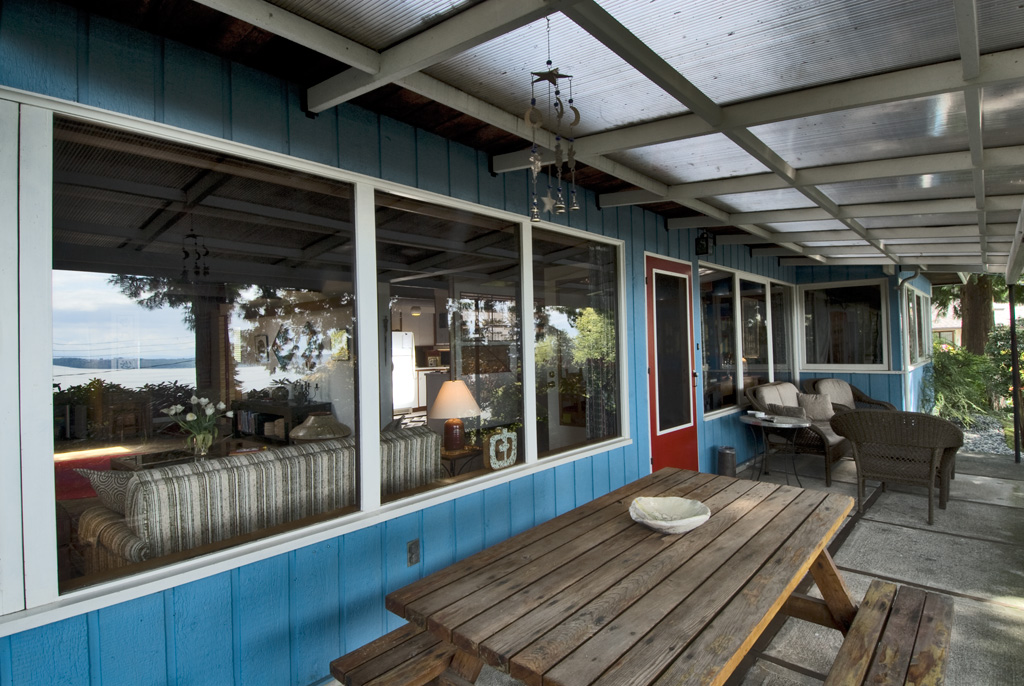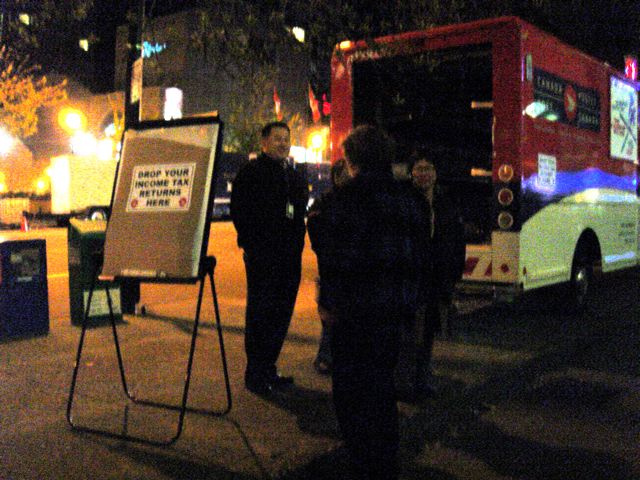I was married in 1962, and when I married I thought it was forever. I was pre-the baby boomers. I believed it was ok to be barefoot and pregnant in the kitchen… well, not exactly. But I did believe that I would marry a man who would take care of me and bring in a good income. I would stay home with the babies and cook and clean my house.
We lasted 10 years, had 2 children and then we went our separate ways. About a year later I found Henri and we started to cohabit – but I was ruined for marriage. I didn’t believe anymore. I no longer believed in “forever and ever”.
Henri and I lived together for 17 years before we “tied the knot”. And that was only because we were living in Quebec and they would have taken our inheritance away as we had to prove that we were “as-good-ahs” married. Actually Frank, my son proposed, but that is another story.
The point of this ramble is that I went to a same-sex wedding and I had an epiphany. Marriage is relatively unimportant to me. “Been there, done that”.
But that was not true for Sam and Alijandro.
They were ecstatic. Their joy was contagious. Alejandros mother and brother flew up from Southern Mexico for the wedding and it was a dream come true. They could stand in the church. That edifice of sanctification of our mores and prove to the world that they were more than “as-good-ahs”. It also was a way to protect themselves from the vagaries of the state.
They say their vows
Hitched
The family
The Happy Couple





































